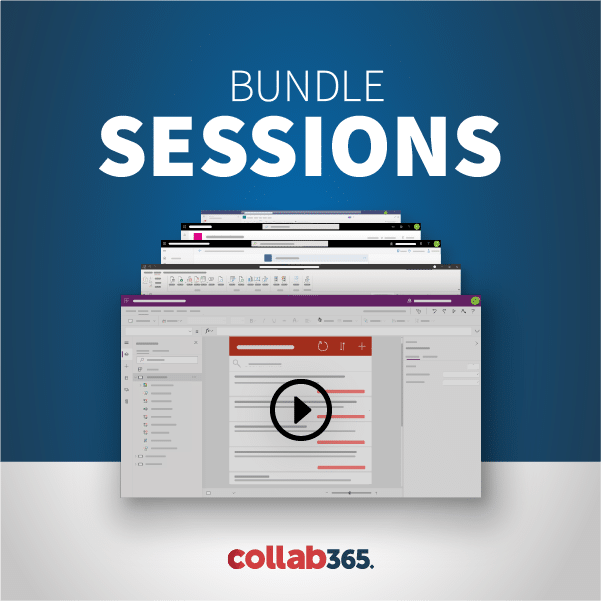We’ve upgraded half of our network to SharePoint 2013 and so far the response to the UI is lukewarm if not a bit chilly. The folks in our network piloting Office 2013 definitely don’t like its UI. I know the response to that is generally “too bad” (save for a few things they can do).
I’m hoping I can give them something a bit more, possibly explaining the changes in GUI design over the last decade or so. I’ve followed these changes (mainly impacted by mobile development, I think), but I’m not an expert.
I’m looking for links to some written work, either by Microsoft or other UI design experts, that I can use to explain why the UI has changed so much. Specifically users aren’t happy with the lack of borders and “too much white space” (very much a generalization, I know).
For reference, we’re moving from Office and SharePoint 2007, so they didn’t have the benefit of a smoother transition through 2010. Lesson learned. We also don’t have mobile access to our SharePoint installation, so none of our users would see any actual benefit to the UI being mobile-friendly. (Of course, not that that takes away from the needs of everyone else using SharePoint out there.)
Some added benefits would be nice, too, so I can spin this in a positive light. For example, I find the Word 2013 reader mode to be beautiful and work flawlessly so far, even with documents that use heavy custom formatting.
Personally, I don’t mind the new look and feel, but my users are never satisfied with “that’s just the way Microsoft did it.” Any good sources that you think explain their decision-making process would be appreciated!
Good insight. Though it’s less about the ribbon and more about the move from skeuomorphism to bare, flat design. Like, extremely bare. Maybe I’ll talk a bit about how their iPhones and Droids have done the same thing over the past 5 years and this is no different.
I’m no UI expert to speak for all the UI changes but one change (simple, obvious, unified and very effective) that you’ll want to communicate to the users in terms of UI going from 2007 to 2013 or 2010 for SharePoint is the adoption of ribbon based UI for all lists, libraries and pages. If I recall correctly, Office 2007 already had ribbon and SharePoint 2010 and up (about time!) borrows that same concept, which essentially replaces the traditional Menu-and-toolbar approach of navigation. Naturally, user experience is different as a result of this change in SharePoint but the Microsoft product experience story overall and the ultimate user experience becomes more cohesive. Now for why…
You may find some interesting pointers here in terms of WHY for the ribbon in this forum (and discussion on whether its truly an imrovement): http://ux.stackexchange.com/questions/8238/is-microsofts-ribbon-ui-…
and this video of “The story of the Ribbon” http://channel9.msdn.com/Events/MIX/MIX08/UX09
Hi, I share your experience. I work almost only with SharePoint branding and front end stuff as an consultant, and the reason they hire dudes like me is just this reasons, the users are in my perspective not satisfied with SharePoint plain vanilla, the want to have something that’s better that what comes out of the box. I can only say I understand them, there’s always (alot of) rooms for improvements in this area. So if the users think the UI is lukewarm or chilly, maybe an design agency could be hired to create something more attractive together with an SP consult that can implement it. The good thing at least is that SharePoint can be branded just like every other web application.
I can speak to this from personal experience. We are at the tail end of moving from 2007 to 2013 at a company of 400 people. Some suggestions I have are,
1. Focus on the huge potential of automation and collaboration available. Show them some examples of what 2013 can do with workflows and automation.
2. Train power users if you are at a large company. We held weekly training for computer savvy users in each department to get them up to speed on the changes. Those power users then went to their departments to train end users.
3. It may be too late for this, but make the change gradual when you can. The worst thing that can be done is to simply flip the switch on a given date company wide and expect a smooth transition.
Some people will never like change. Sell the benefits and the drawbacks won’t seem as big.

